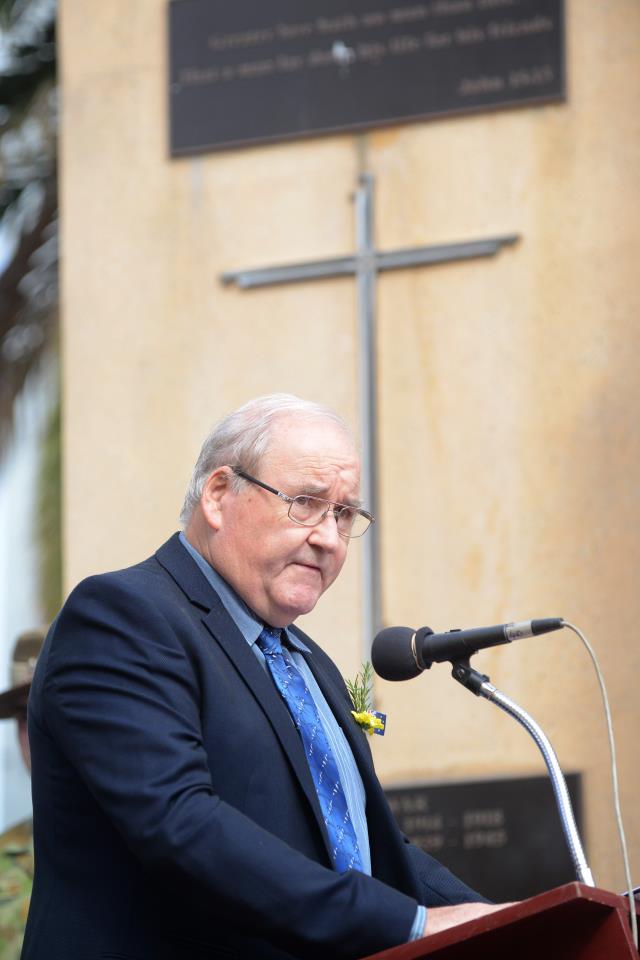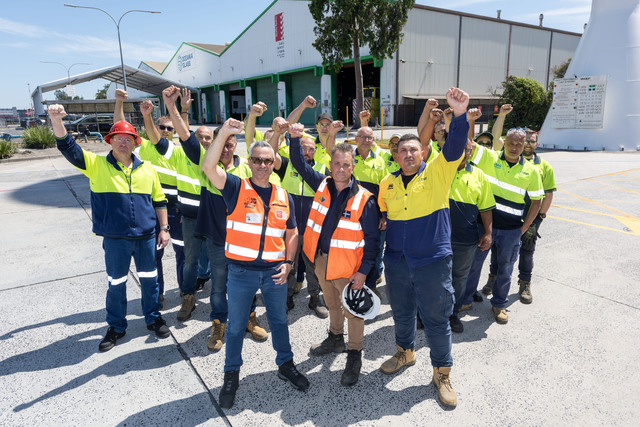By Shaun Inguanzo
A DANDENONG company has announced its Japanese partner in a multimillion dollar mining venture.
The company has also disclosed details of a new worldfirst mining chemical which it has developed.
Ausmelt last week disclosed the secret it had kept since July, that it would provide smelting furnace designs to Dowa Mining, one of Japan’s leading nonferrous metal producers.
Ausmelt managing director Paul Abbott said the company began in 1981, when a CSIRO employee attempted to introduce hightech smelting techniques to the mining market.
He said it took more than a decade for the company to establish itself as a competitive force, before being listed on the Australian Stock Exchange.
Mr Abbott said Ausmelt signed a deal earlier this year with a then (due to Japanese disclosure laws) undisclosed international mining company.
He said the company would not build the smelting furnace but supply the plans in exchange for a licence fee.
But Japan is just one of many countries Ausmelt has won over with its designs.
“I should also say we announced a large nickel project in China with Jinchuan Nickel, China’s largest nickel producer, and the fifth largest in the world,” Mr Abbott said.
“They are building a plant to convert nickel or concentrates into nickel metal, and it will be the largest project we have been involved in, with the one million tonnes per annum of concentrate they will process.”
Mr Abbott would not disclose the value of each contract but said they reached a combined value of $15 million.
The company has also tried its hand at mining chemicals, with great success.
Mr Abbott said Ausmelt had just completed and was testing a chemical that would help mining companies who lose metal to oxidisation (exposure to the elements) reduce their waste and save up to 5 per cent more ore.
“There are many mines, certainly in South America where there are opencut mines, where normally the top section of the ore body becomes weathered through air, rain and water, and it becomes oxidised,” he said.
“Using the chemical, we’ve shown in some cases improvements of 2 to 5 per cent.
Mr Abbott said that equated to a big return per dollar.
“If you spend a dollar on the chemical, in some cases you can get a two, three, five or seven times that back in return.”
Multimillion dollar deal
Digital Editions
-

Prayer for Greater Dandenong
Purchase this photo from Pic Store: 192708 What exactly is hope? The Bible asks us ‘why do we hope for what we already have?’ and…





